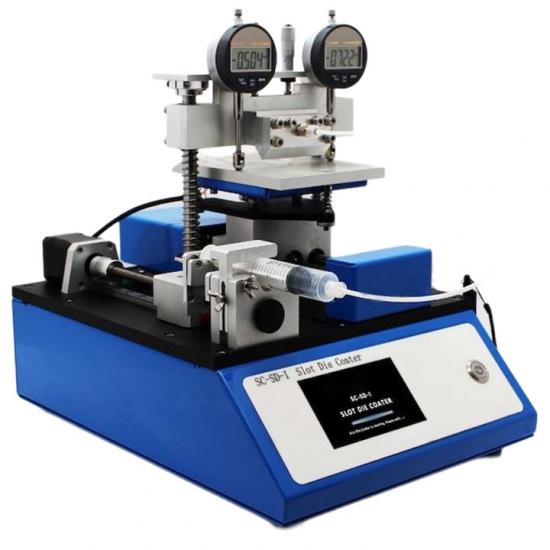Xiamen Tmax Battery Equipments Limited was set up as a manufacturer in 1995, dealing with Laboratory equipments, technology, etc. We have total manufacturing facilities of around 2, 000 square meters and more than 100 staff. Owning a group of experie-nced engineers and staffs, we can bring you not only reliable products and technology, but also excellent services and real value you will expect and enjoy.
Setting up a perovskite solar cell lab line involves assembling a series of equipment and tools designed to handle the specific requirements of perovskite material processing, device fabrication, and characterization. This setup is crucial for both research and development activities as well as smallscale production trials. Below is an overview of the essential components and steps involved in establishing a perovskite solar cell lab line:
1. Cleanroom Environment
Cleanroom Facilities: Given the sensitivity of perovskite materials to environmental contaminants like dust and moisture, most fabrication steps are performed in a cleanroom environment. This ensures minimal contamination, which is critical for achieving highquality devices.
2. Material Deposition Systems
Spin Coating Machine: Essential for depositing uniform thin films of perovskite and other functional layers (such as electron and hole transport layers) onto substrates. It's widely used in laboratory settings for its simplicity and effectiveness.
SlotDie Coating Machine: For larger scale or more controlled deposition processes, slotdie coating provides better uniformity and scalability compared to spin coating.
Spray Coating System: Another alternative for large area deposition with good uniformity.
Vacuum Deposition Systems: Including thermal evaporation and sputtering systems for depositing electrodes and other layers that require vacuum conditions for optimal performance.
3. Annealing Equipment
Hotplate or Hot Air Gun: Used for annealing perovskite layers to improve crystallinity and device performance. The choice between these two depends on the specific process requirements.
Rapid Thermal Annealing (RTA) Systems: Provide precise control over temperature and rapid heating/cooling cycles, which can be crucial for optimizing perovskite film properties.
4. Patterning Tools
Photolithography System: For creating patterns on the substrate necessary for defining the active areas and electrical contacts of the solar cells.
Laser Scribing Machines: Useful for patterning and dividing largearea solar cells into smaller modules, ensuring each cell operates independently without short circuits.
5. Encapsulation Systems
Encapsulation Machines: Protect perovskite solar cells from environmental factors such as moisture and oxygen, which can degrade the materials. Effective encapsulation significantly enhances the stability and longevity of the devices.
Slot Die Coater
6. Testing and Characterization Instruments
Solar Simulator: Measures the power conversion efficiency of perovskite solar cells under simulated sunlight conditions.
External Quantum Efficiency (EQE) Measurement Systems: Provides insights into how effectively the solar cell converts photons of different wavelengths into electrons.
Impedance Spectroscopy Systems: Useful for studying the electrical characteristics of the solar cells, including charge carrier dynamics and interface properties.
Microscopy and Spectroscopy Tools: Such as Scanning Electron Microscopes (SEM), Atomic Force Microscopy (AFM), and Xray Diffraction (XRD) for detailed analysis of the material and device structures.
Setting Up Your Lab Line
1. Planning and Design: Start by planning your lab layout considering workflow, safety regulations, and space optimization.
2. Equipment Procurement: Based on your research goals and budget, select and procure the necessary equipment. Consider both new and refurbished options to optimize costs.
3. Installation and Calibration: Ensure all equipment is properly installed and calibrated according to manufacturer specifications.
4. Staff Training: Train your team on the use of all equipment, safety protocols, and best practices for maintaining high standards of cleanliness and quality.
5. Process Development: Begin with baseline processes and iteratively develop and refine them based on experimental results and theoretical insights.
Establishing a perovskite solar cell lab line requires careful consideration of the equipment and procedures needed to achieve highquality, reproducible results. Continuous advancements in perovskite technology may also necessitate periodic updates to your lab line to incorporate new techniques and equipment.

